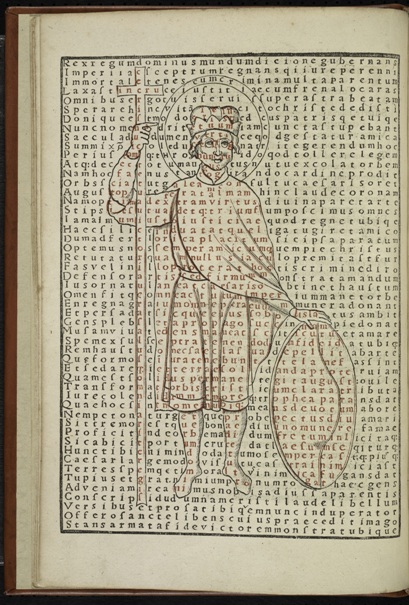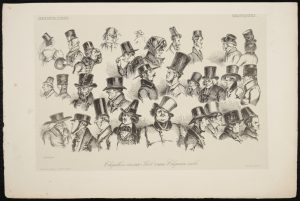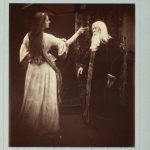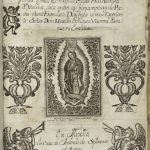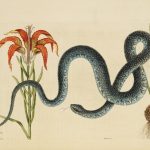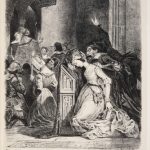A small but choice exhibition of 35 photographs by Julia Margaret Cameron (1815–1879) has recently opened at New York City’s Metropolitan Museum of Art to fine reviews.
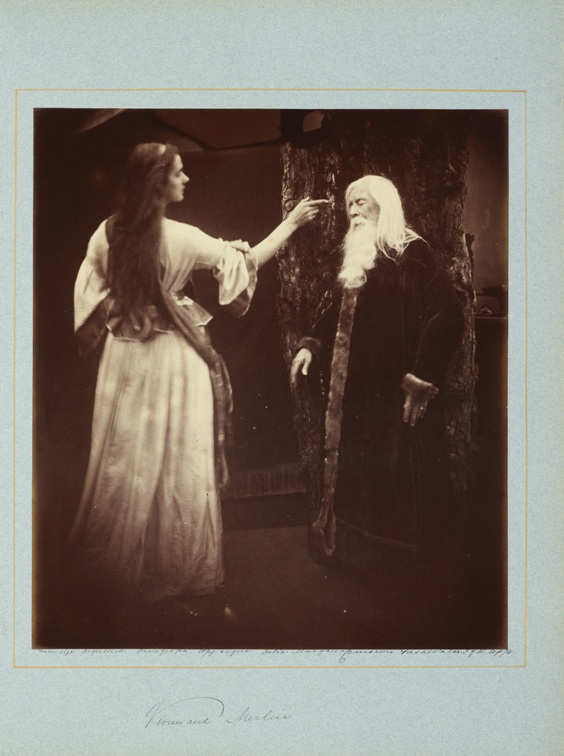
Which reminds us that here at RBC, one of our most magnificent photographic books is the Cameron masterpiece Illustrations to Tennyson’s Idylls of the King, and Other Poems (London, 1875). The splendid volume contains a dozen large albumen prints, created by the British photographer.
The great Victorian poet Tennyson invited Cameron, his friend and neighbor on the Isle of Wight, to illustrate his poems on the Arthurian legends for a popular edition. After considerable work, costuming and staging models, she produced twelve images. However, the “Cabinet” edition used only two, reproduced as small wood-engraved frontispieces.
At Tennyson’s prompting, Cameron set to work on a deluxe edition that would juxtapose the full-size albumen prints with text excerpts, handwritten by her and reproduced lithographically, along with Tennyson’s signature at the end of each. The result was the book Illustrations to Tennyson’s Idylls of the King, and Other Poems.
In the decade preceding it, photography had been championed as a creative medium to rival painting by the likes of Henry Peach Robinson. In the magical image shown above, Cameron demonstrates photography’s representational and artistic power, posing her husband as Merlin—his natural beard lengthened by an extension—and one Agnes Mangles as Vivien, to recreate a scene from Tennyson’s text.
It is assumed that Cameron’s work pleased Tennyson, who had been dissatisfied with other illustrations of his poetry. His brother Charles Tennyson Turner wrote a sonnet “To Mrs. Cameron,” which appears at the beginning of the book. Its first lines extoll the contemporary medium’s storytelling strength:
Lo! Modern Beauty lends her lips and eyes
To tell an Ancient Story! Thou has brought
Into thy picture, all our fancy sought
In that old time, with skilful art and wise.

